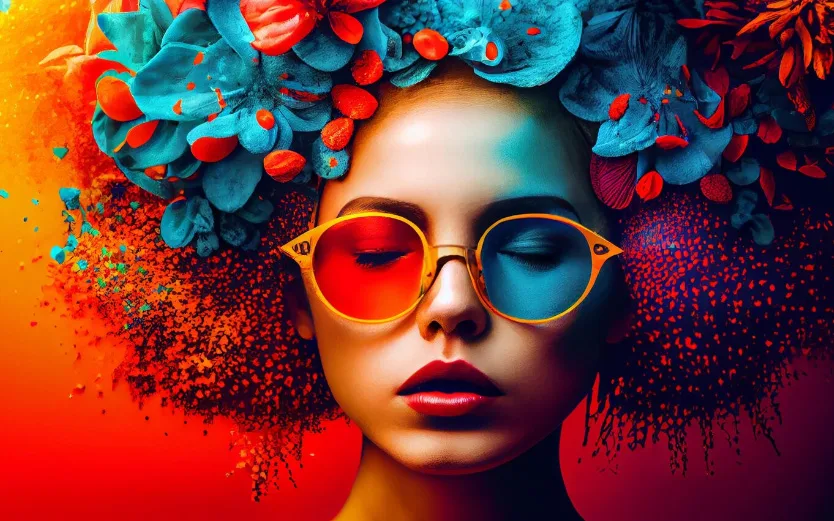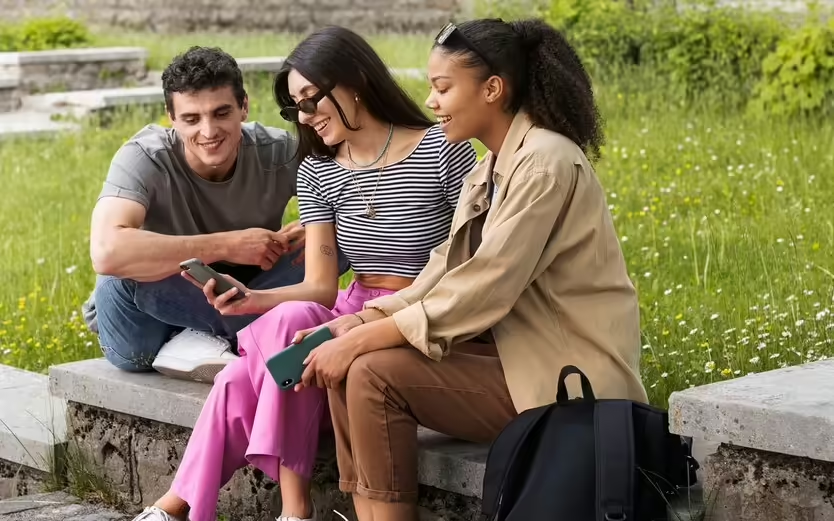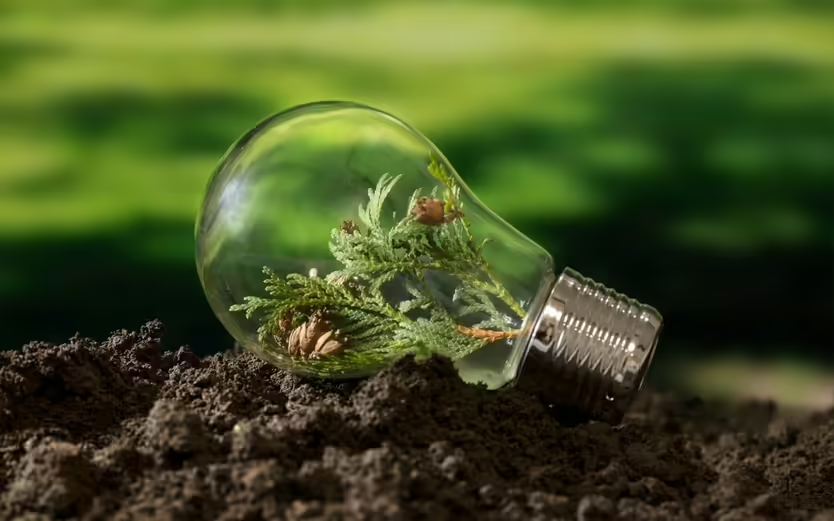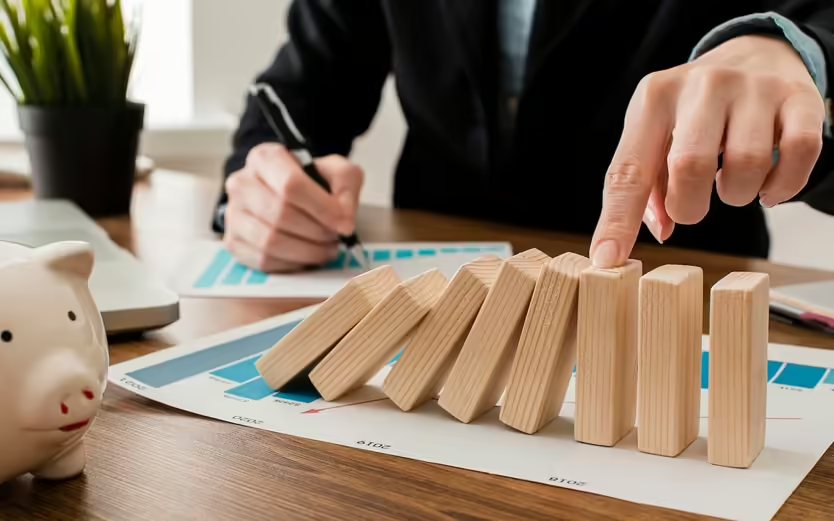Digital art refers to any artistic work or creation that is produced or manipulated using digital technology. Unlike traditional art forms that use physical materials like paint, canvas, or sculpture, digital art is created using electronic devices such as computers, tablets, and smartphones, along with specialized software programs and applications.
Digital art encompasses a wide range of mediums and techniques, including:
- Digital Painting: Artists use digital brushes and painting software to create paintings directly on a digital canvas. This allows for a wide range of styles and effects, similar to traditional painting techniques but with the added flexibility and versatility of digital tools.
- Vector Graphics: Vector graphics are created using mathematical formulas to define shapes and lines. This allows for precise scaling and manipulation without loss of quality, making vector art ideal for illustrations, logos, and graphic design.
- Pixel Art: Pixel art is a form of digital art that uses individual pixels as the building blocks of an image. Artists create intricate designs by placing and arranging pixels on a grid, often evoking a retro aesthetic reminiscent of early video games.
- Digital Photography: Digital photography involves capturing images using digital cameras and editing them using image editing software. Photographers can enhance, manipulate, and creatively transform their photos using various digital techniques.
- 3D Modeling and Animation: Artists use specialized software to create three-dimensional models and animations. This includes everything from character and creature design to architectural visualization and special effects for film and video games.
- Mixed Media and Collage: Digital artists often combine various elements, such as photographs, illustrations, textures, and typography, to create mixed media compositions and collages. Digital tools make it easy to experiment with different elements and layers to achieve unique and dynamic compositions.
Building a career in Digital Art
Building a career in digital art demands a blend of artistic talent, technical proficiency, and relentless dedication. Mastery of digital tools and software, coupled with a diverse portfolio showcasing creativity and versatility, is essential. Specialization in a niche area, such as concept art or 3D modeling, can set you apart in a competitive field. Gaining practical experience through freelance projects, internships, and networking is crucial for career advancement. Persistence, continuous learning, and a passion for innovation are key ingredients for success in the dynamic and ever-evolving world of digital art.
- Develop Your Skills: Start by honing your artistic skills and familiarizing yourself with digital art tools and software. Experiment with different techniques, styles, and mediums to discover your strengths and interests. Practice regularly and seek feedback from peers and mentors to improve your craft.
- Learn Digital Tools and Software: Become proficient in popular digital art software such as Adobe Photoshop, Illustrator, Procreate, Autodesk Maya, Blender, or ZBrush, depending on your area of interest. Take online courses, tutorials, or attend workshops to master these tools and stay updated on industry trends and techniques.
- Build a Portfolio: Create a portfolio showcasing your best digital artwork. Include a variety of pieces that demonstrate your skills, style, and versatility. Your portfolio should highlight your creativity, technical proficiency, and ability to solve artistic challenges. Regularly update and refine your portfolio as you create new work and improve your skills.
- Specialize and Define Your Niche: Consider specializing in a specific area of digital art, such as concept art, character design, illustration, 3D modeling, animation, or digital painting. Developing expertise in a niche can help you stand out in a competitive field and attract clients and opportunities tailored to your interests and strengths.
- Gain Experience: Look for opportunities to gain practical experience and build your resume. This could include freelance projects, internships, collaborations, participating in art contests or exhibitions, or creating personal projects. Real-world experience will not only enhance your skills but also help you establish connections and credibility within the industry.
- Network and Promote Yourself: Network with other digital artists, industry professionals, and potential clients through online forums, social media platforms, industry events, and art communities. Establish a strong online presence by sharing your work on platforms like ArtStation, Behance, DeviantArt, or Instagram. Actively engage with others, participate in discussions, and seek out collaboration opportunities.
- Seek Education and Training: Consider pursuing formal education or training in digital art or related fields such as graphic design, animation, or illustration. While not always necessary, a degree or certification from a reputable art school or institution can provide valuable skills, mentorship, and credibility in the eyes of employers and clients.
- Stay Persistent and Flexible: Building a career in digital art takes time, dedication, and perseverance. Be prepared to face challenges, rejection, and setbacks along the way. Stay motivated, continue learning and evolving as an artist, and be open to new opportunities and experiences that come your way.
The future of digital art holds boundless possibilities, driven by emerging technologies like AI, VR, and AR. Artists will explore new frontiers, blurring the lines between physical and digital worlds. Collaboration, accessibility, and interactivity will shape immersive experiences, revolutionizing how we create, consume, and interact with art.







